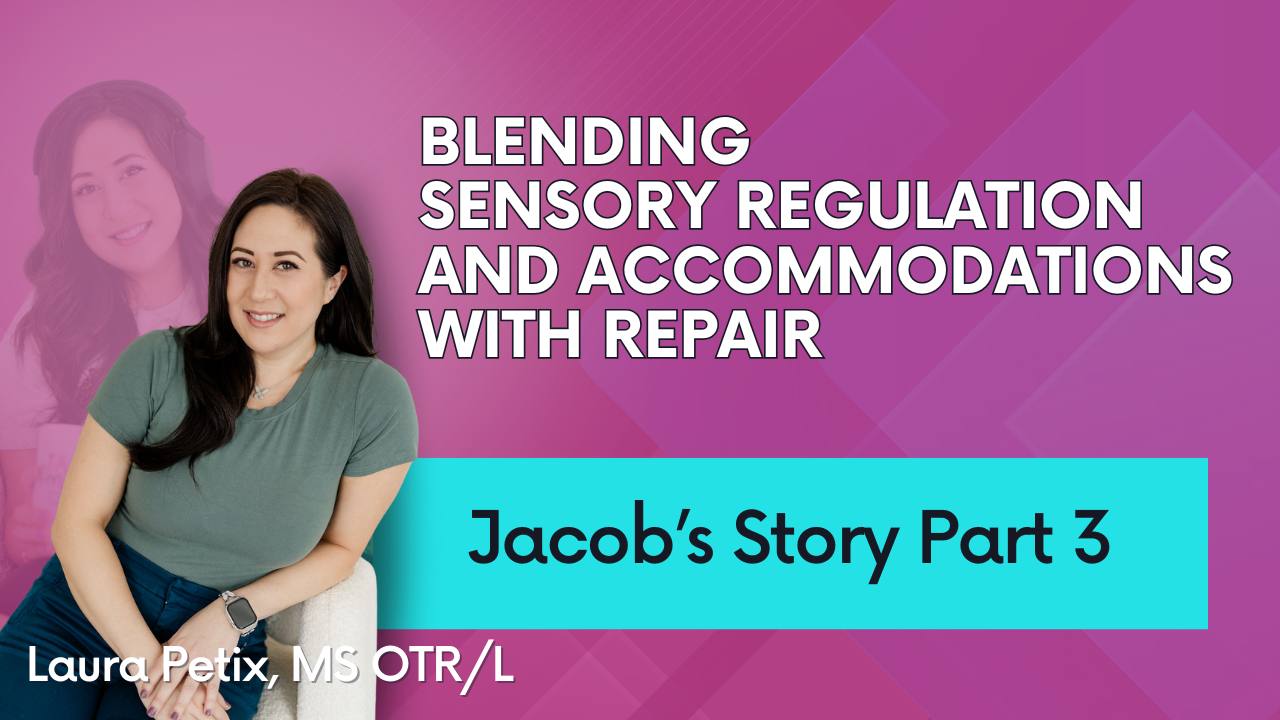Other kids do this too?

Let’s jump back into Blake’s story.
Missed the first few parts? You can click here to catch up, but here’s the TLDR of it all:
-
Blake is a 6-year-old, proprioceptive seeking kid
-
He also has some sensitivities, mostly related to eating (we’ll tackle that next week)
-
At home, he is constantly rough housing with parents and tends to leave messes and destruction with toys. So last week, I shared some ideas of providing heavy work activities with some structure.
-
Blake’s rough housing also gets him into some conflict with peers.
We’ll be talking about that last point in today’s email.
Rough play/personal boundaries with peers.
Body awareness and proprioceptive processing go hand-in-hand; the signals your brain gets from proprioceptive input helps develop a “body map,” kind of like a “you are here” sign on a mall directory.
People without proprioceptive processing differences generally get enough of this data from just moving and existing in the world with gravity providing resistance to their muscles and tendons and joints.
But some kids (like Blake) aren’t getting enough proprioceptive data in their day, so they seek it out. They seek it out by bumping into people or objects, jumping, pushing, pulling, carrying, squeezing, kicking, etc., anything that provides active resistance to their muscles, tendons and joints. This is what is referred to as having a high threshold for proprioceptive input (PS- want to learn more about all sensory thresholds? Download this freebie!)
In Blake’s case, he’s not only seeking out the input to feel regulated, but he seeks it out frequently and intensely because his brain doesn’t always recognize when it’s too much- or if it harms or bothers other kids. In other words, he doesn’t know his own strength.
At recess, you can find him usually playing tag. Even with the “two finger” rule, Blake still unintentionally bumps into kids and sometimes tramples them—likely because of that body map that still needs some forming in his brain.
How do we improve body awareness?
Helping kids understand personal boundaries is crucial—not only in terms of rough play, but especially in the context of consent and just overall being respectful of other kids’ comfort level with physical contact. So how do we do this in a way that doesn’t “suck the light” out of Blake, as his mother said?




